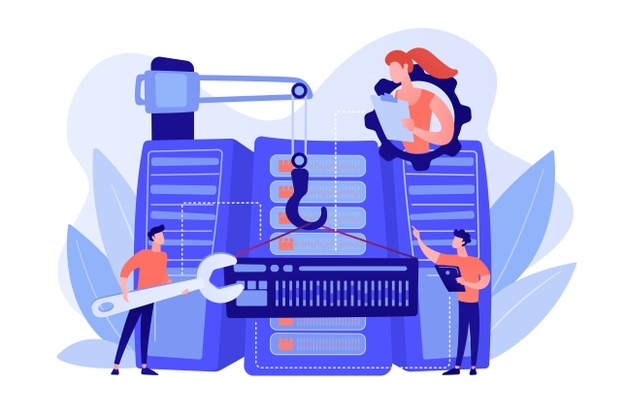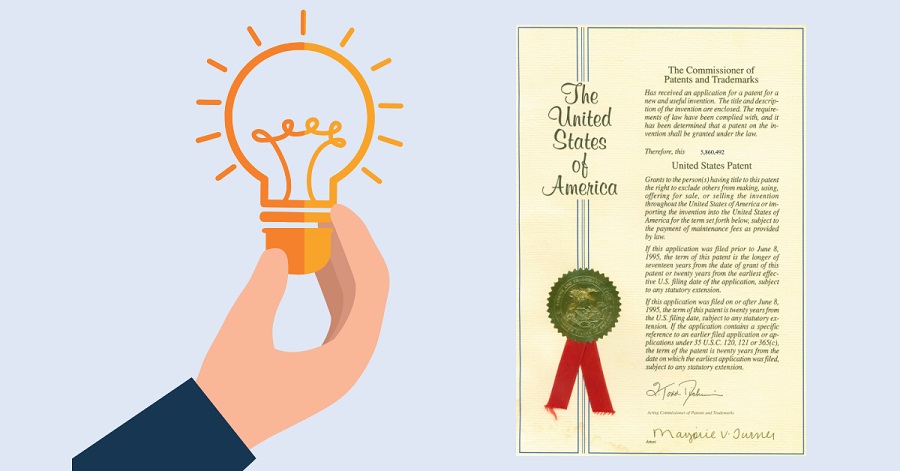Posted inProfessional Ethics & Human Values
GLOBAL ISSUES – Give an account of Bhopal Gas Tragedy.
On December 3, 1984, Union Carbide's pesticide-manufacturing plant in Bhopal, India leaked 40 tons of the deadly gas, methyl isocyanate into a sleeping, impoverished community - killing 2,500 within a few days, 10000 permanently disabled and injuring 100,000 people. Ten years later, it increased to 4000 to 7000 deaths and injuries to 600,000. Risks taken: • Storage tank of Methyl Isocyanate gas was filled to more than 75% capacity as against Union Carbide’s spec. that it should never be more than 60% full. • The company’s West Virginia plant was controlling the safety systems and detected leakages thro’ computers but the Bhopal plant only used manual labour for control and leak detection. • The Methyl Isocyanate gas, being highly concentrated, burns parts of body with which it comes into contact, even blinding eyes and destroying lungs. Causal Factors: • Three protective systems out of service • Plant was understaffed due to costs. • Very high inventory of MIC, an extremely toxic material. • The accident occurred in the early morning.…

